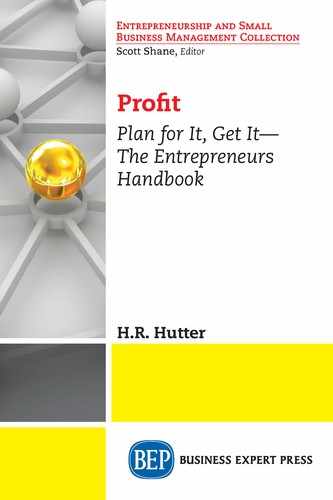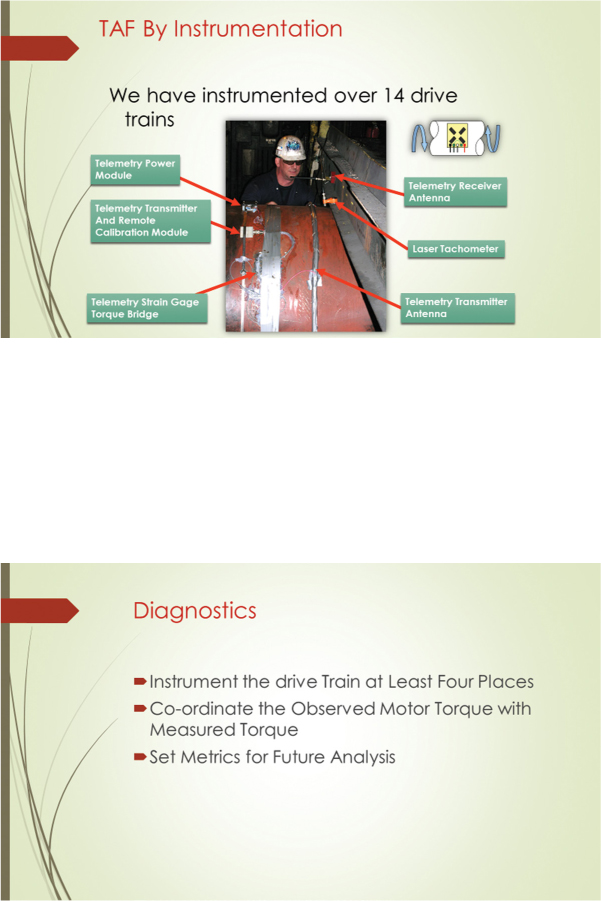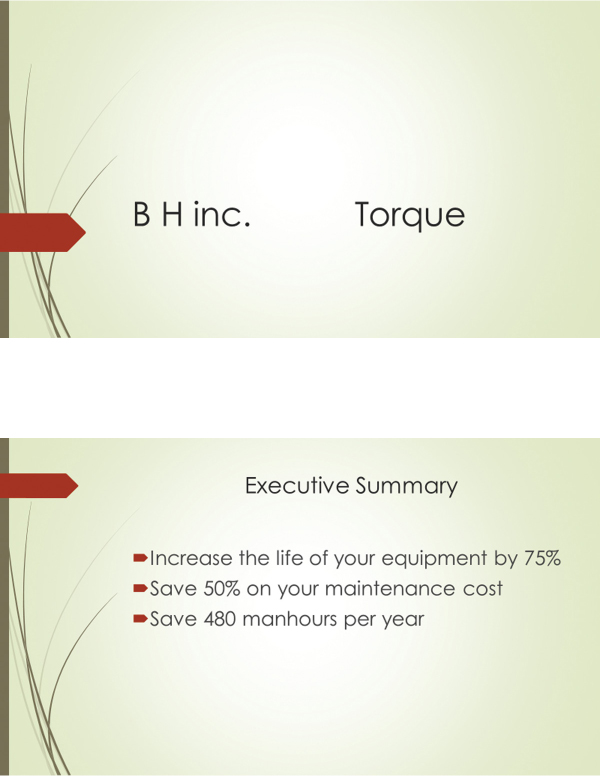CHAPTER 5
Sales
When it comes to sales, there’s an old statement that says 20 percent of the salesman get 80 percent of the sales. The big-league salesmen can close about 80 percent of what they tackle, and they tackle the large targets. I believe this and have experienced this and have seen it in action with salesmen who have worked for me. At one of the companies I worked for, out of 60 salesmen, I could grade only four as being top-notch. What is it that makes one salesman so much better, what is the secret that allows him to close 80 percent of what he goes after?
I believe there are four major traits that set salesmen aside:
1. They go after the large targets without a fear of failure.
2. They think of serving the customer instead of just getting an order. Truthfulness, honesty, and transparency all lead to developing a relationship with the customer.
3. They do their homework to the extent that they reduce their stress for both themselves and their customer.
4. They ask questions. In our industrial business, we would ask the customer what is the installed life of your xyz (the piece of equipment we were selling). Our competitors would ask from whom do you buy now. Or, how much does your present supplier charge. Which approach sounds like someone who can help you, and which one sounds like any other peddler? In the restaurants, we learned to not just ask how was your meal. But we asked what did you think of the steak or whatever their main course was. This required an answer and could possibly add a personal touch to your service.
Fear of Failure
Those with a fear of failure, after they lost an order, stayed away from that type of business. They also tended not to go after the large targets because they’re going to be more heavily sought-after by all the competitors, so they felt they didn’t have a good chance of getting the sale.
The top salesmen didn’t worry about losing an order; they studied the reasons for the loss and learned from their failure.
One of my business professors had told a story about the moon shot. He stated that when they plotted the course, they inserted thousands of course corrections. They needed that amount as they made large corrections to determine if the correction was in the proper direction. In other words, they achieved success by knowingly making errors. Should we be afraid of making a mistake if our astronauts and aeronautical engineers were not?
So, as a sales manager, you have to identify those with a fear of failure and work with them. You provide a service to them just as you would with a customer and help them get their first large order. I went with our salesmen and went after these targets.
At one company we were able to increase sales in 4 years from $9 million to $32 million by attacking the large targets. In working with these customers, we learned why our pricing was high. (Notice: this meant we had developed a relationship with these customers, as they told us what we needed to do to get their business.) With our customer’s input we were able to analyze our selling price and costs.
We found that in order to maintain our profit margin, we had to add our full mark up to items that were purchased and included in our sale. We then adopted a policy of helping our customer purchase these items direct from our suppliers (the customer saved money), and we got more sales at a good profit margin (see chart). A win–win situation. This is what is meant by developing a relationship with your customer.

Our product gearing
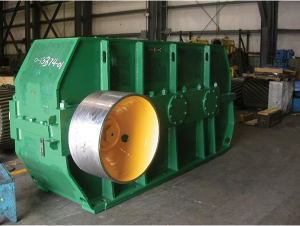
Our purchased fabricated housing
|
Selling price with the manufactured goods and goods purchased from a subsupplier |
Cost to customer if he buys only our product from us and buys the housing from our suppliers |
Our product cost |
$30,000 |
$30,000 |
Our product selling price with a 40% margin |
$50,000 |
$50,000 |
Purchased items cost |
$30,000 |
$30,000 |
Purchased items with a 40% margin |
$50,000 |
No margin adder bought direct |
Total selling price |
$100,000 |
$80,000 |
The customer saved $20,000 and we obtained significantly greater sales.
It is simple, but you have to get used to the fact that you can be a salesman; think about the customers, think about what they want, think about what you would want if you where them, then develop the relationship. The text books describe the aspect of putting yourself in the customer’s shoes as having empathy for the customer. I look at the relationship aspect as a way of life.
Now, I will discuss a broad range of businesses, from little Mom and Pop shops to large manufacturing plants. Sales is somewhat similar in all these businesses. I will handle them with separate paragraphs so those of you reading the book can zero in on your type of business.
Customer First (Serve)
The real key about sales is to serve the customer, not pushing our product. Let’s think about your customers. Are they going to be happy with how they are treated by you and/or your employees? This is what sales is all about. Getting people to return to your place of business (or calling you first) as a routine is the goal. You want it to be a way of life for the customer.
The way to do this is to develop a relationship with the customers.
Repeat: you have to develop a relationship with your customer or customer base. You have to keep yourself involved with the customer who is doing business with you.
In our restaurant business, we understood the differences in the demographics of the specific locations. We had our own prep cooks, and where we had an older clientele who were concerned about their diet, we didn’t add salt to the soup and were vigilant on the other dishes also. However, in another neighborhood that contained younger people, we modified the recipes to accommodate their tastes.
One of our restaurants was in a mixed neighborhood. When I went to that unit, I always had to have the biscuits. I asked the prep cook what she did differently from the recipe. Sheepishly, she said she didn’t use the low-fat oil; however, she collected the bacon grease from the previous morning and used it. The customers in this area loved the biscuits as much as I did. I can’t get my wife to duplicate this recipe.
I was in an oral surgeon’s office having some work done. When he left to get another tool, he left the light shining in my eyes. Another dentist walked by and noticed this and came in and moved the light. This type of service must have been a way of life for this practice as the other dentist was thinking about the patient (customer).
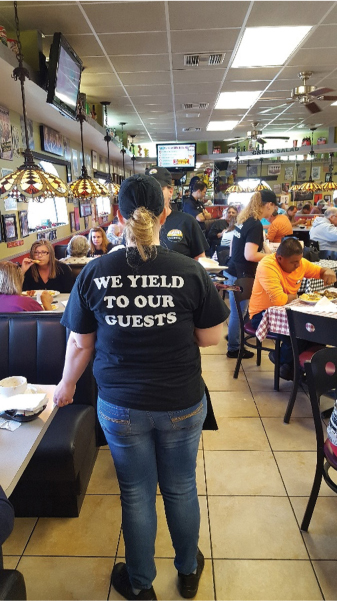
Recently, I met some friends in a strange city for lunch. I looked in Trip Advisor and found out the name of the number one rated restaurant. It deserved the number one rating. Great food, in house prepared, low prices, and great service. You know that the owner had the customer (guest) in his heart. The above picture tells it all.
The owner was going around the restaurant and talking to all the customers to make sure everything was to their expectations.
In our manufacturer’s representative’s business, we worked at developing an honest and transparent relationship, even to the extent of letting the customer know if another manufacturer could handle an item less expensively.
I have seen owners or general managers of companies think that they could remain aloof and trick or handle a situation less than forthright. The customers are not ignorant and they remember this. This is not a way to develop a relationship with your customer base.
We asked our customers if we could be their surrogate employee and help them with the part of their business that we were knowledgeable in. This really helped build the proper relationship. Offering to be a free employee to the customer works.
Your Product or What the Customer Wants
I can name many different areas where a person was an expert in his business; however, he could not take care of the customer or did not take the customer’s concerns into account.
Let’s look at a chef who starts his own restaurant. Being the chef and being the expert that he is, he may design a dish with what he believes are the best sides to go along with that dish and puts it on the menu. Because he is proud of his latest dish, because he knows what goes best as the side dishes, and because he is the boss, he will instruct his servers (his frontline salespeople) to not allow substitutions. This means that if you are the customer and you are not able to have a certain spice and one of the side dishes contains this spice, you are going to be upset. This is what happens when an owner is caught up in his expertise and not thinking of his customer first and not listening to his servers (salespersons).
I have worked with many engineers and they were rightfully proud of their research and designs. They would create PowerPoint presentations based on their work. These were ideal for presentations to other engineers. They were technical and explained every design advantage in detail. With just a little change, we turned these technical PowerPoints into a real sales tool that could be used for a sales presentation to company executives and their staff. All we did was add an executive summary as the first page after the title page. This summary listed about three items describing how the product would benefit the customer. We will show an abridged version (nine slides versus the original multisheet version) of the PowerPoint.
The first nine sheets indicate the in-depth technical details.
PowerPoint pure technical
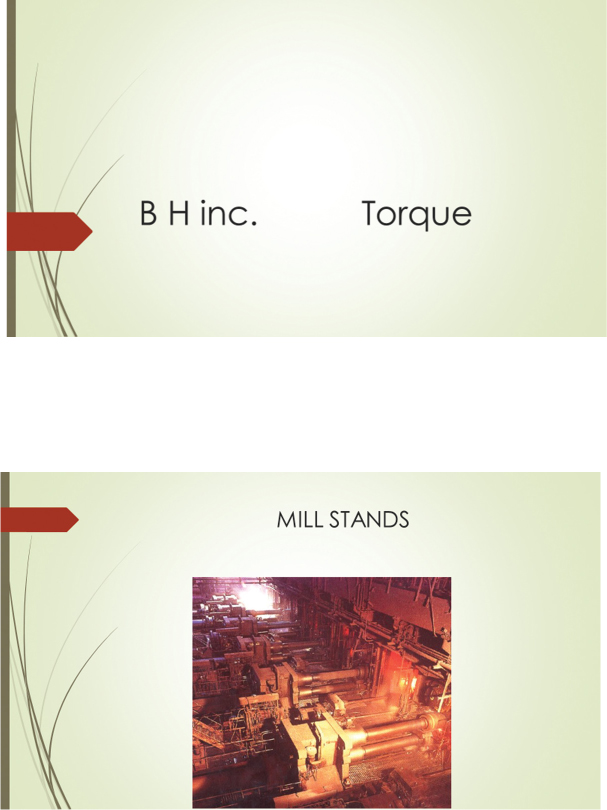
If I am the customer, what has this told me that would make me inclined to purchase this?
With a simple, but significantly major, change, we can make this PowerPoint sell. All we did was put an executive summary at the beginning. Note the summary uses benefits, which are the selling elements. My experience has shown that when you have a team from the customer at the presentation, the higher ranking members will pay close attention only if you get their ear in the first 30 seconds to a minute.
I used to be guilty of trying to let the customer know how great the product was and how much I knew about it. Fortunately, a knowledgeable customer pointed this out to me, even to the extent of suggesting an executive summary.
The above PowerPoint slides are not necessarily a true technical representation and are only being used to show the effect and necessity of an executive summary to turn a technical presentation into a sales presentation.
Notice how the executive summary concentrates on BENEFITS!
The next flyer is a handout that the owner of a music store would give to the parents of his music students. Remember, he is a good musician and performs on weekends. He knows what a good guitar is and what it can mean to a performance. Therefore, he picks a very good one to put on his sheet that he hands out. However, a parent who has a teenager taking lessons doesn’t want to spend that kind of money for someone who may or may not continue lessons. This was one of the reasons the music store that I mentioned in the first part of the book had a high inventory and was losing money. After a little thought, the owner went to the second flyer that depicted a lower cost but usable guitar. He put himself in the customer’s shoes.
All parents who have children enrolled in our lesson program are entitled to a 10 percent discount on a high-grade guitar.
This guitar is used by most of the musicians who perform at the clubs in our area.
Original Flyer (Handout)

$895 less 10%
Corrected Flyer (Handout)
All parents who have children enrolled in our lesson program are entitled to a 10 percent discount on this guitar. It is a great introductory musical instrument and approved by all the music teachers:

$185 less 10%
Because people remember about three times more by seeing something than they do by only hearing about it, handouts and leave behinds are extremely important.
Now you know why when you go to a carpet store or a paint store you go home with a sample or a chain of paint chips. Have you ever noticed the cinnamon smell at the airport or mall from Cinnabon? Why are radio ads so much lower in cost than TV ads (they aren’t as effective)?
Stress
We have observed that when a person is under stress, his decision-making capability is reduced. One professor, a number of years ago, indicated that under stress you revert to the decision-making capability of a 13-year-old. He showed the group video recordings made of themselves under stress. He did this with a competition by having two different teams build a car out of tinker toys. The one with the best car was to be declared the winning team. They were given 5 minutes. After 30 seconds they were told that they had only 30 seconds to finish the car. The stress was obvious to the rest of the class. It was also evident to the participants when they saw themselves on the video playback. Once you see yourself under stress, it helps you avoid it in the future. (It also causes you to have some afterthoughts about taking the class . . . just ask my wife about my mood when I came home.) The good news is that if you haven’t had to go to the sanitarium afterward, you will be in a better position to handle stress in the future.
Recently, Mara Mather, a psychology professor from the University of Southern California and the lead author of a review, stated, “Stress affects how people learn.” She stated that research has implications for everything, from obesity and addictions to finance, suggesting that stress may modify the way people make choices in predictable ways.
One of the salesmen I worked with recognized that he had a stress problem when making a sales call in front of a group on a fairly new product. He knew he had to rehearse (do his homework). He couldn’t get his wife or daughter to sit through the rehearsal; however, he did practice in front of his dog (true story).
I believe stress is one of the factors that leads one to have a fear of failure. Once a salesman loses an order of a certain kind or type, the next time he has a similar opportunity he may remember that loss which can cause him to be stressed and not perform to his best. Stress is a natural response, but recognizing it and working to reduce it with proper preparation can help overcome it. Working to reduce this stress can gain you the next multi-million-dollar order.
Remember the moon shot, plan on mistakes, and learn from them.
FABs
FAB is mnemonic (memory aid) for features, advantages, and benefits of a product.
For the consumer sector, we will use a dishwasher.
The feature is a specific detail.
In this example we will say that our dishwasher has 3” of insulation.
The advantage tells what it does.
The unit is 20 decibels lower in noise output (be specific); it makes it believable.
The benefit converts the advantage into something of value.
The unit is so quiet that it won’t interfere with conversations that are taking place only 3 feet away.
For the industrial sector, we will use a bearing.

The feature is a steel housing
The advantage is that it will withstand greater forces than a cast iron housing.
The benefit is that it will last about 30 percent longer and save purchase dollars and also save maintenance hours and down time.
Summary
Go after all targets that can bring the most dollars for the time you invest.
One of my professors had even worked out a method of expectation of a quota.

As you can see, you have your best chance of getting the $600,000 order: however, what would it look like if you increased your probability of getting customer C to a 70 percent probability.
WOW!
Please become familiar with this type of analysis, as this can be used and should be used in making business decisions for your company.
Overcome the fear of failure by doing your homework even to the extent of practicing your sales pitch. After all, sales is a profession. If you were an actor you wouldn’t go on the set without rehearsing, would you? Wouldn’t you also expect a surgeon to have done his homework before operating on you? The next step is to see how you can serve the customer and what it would take to put you in a better position 70 percent instead of 15 percent for customer C.
One final reality (not technique) is to sell value, not price, the value of a product or service.
Sales Communications
I have never been a believer in sales techniques as this indicates a trickery of some sort. However, I do believe in communicating in the correct way such as mentioned in the paragraph about asking the right questions.
This said, one method I have used, if I felt I was going to lose an order, was to change the rules. For example, if everyone was quoting a fixed price, I might have asked the customer if he would consider a lease or payments on some sort of time basis. This would reopen the sales process and give me another chance.
Here are some sales witticisms as given to me by some of my mentors:
If a customer wants to do business with you, he will find a million ways to give you his business. If he doesn’t want to do business with you, he will find a million reasons not to do so. Consequently, make it fun for the customer to do business with you.
Sell the sizzle, not the steak.
A sale is not something you pursue. It is what something happens while you are immersed in serving your customer.
If you don’t know why you lost the order, you never had a chance of getting it.
Successful people do what losers cannot or will not do.
The way you think determines the way you feel, and the way you feel determines the way you act.
—Rick Warren
